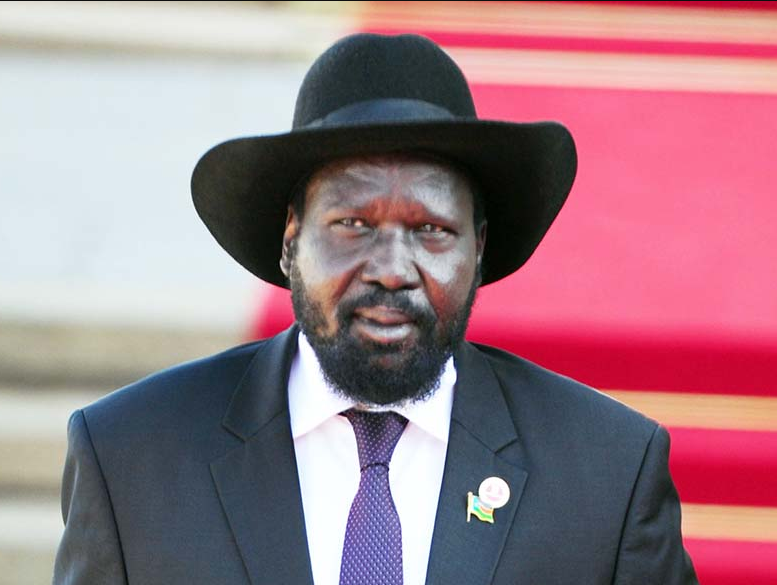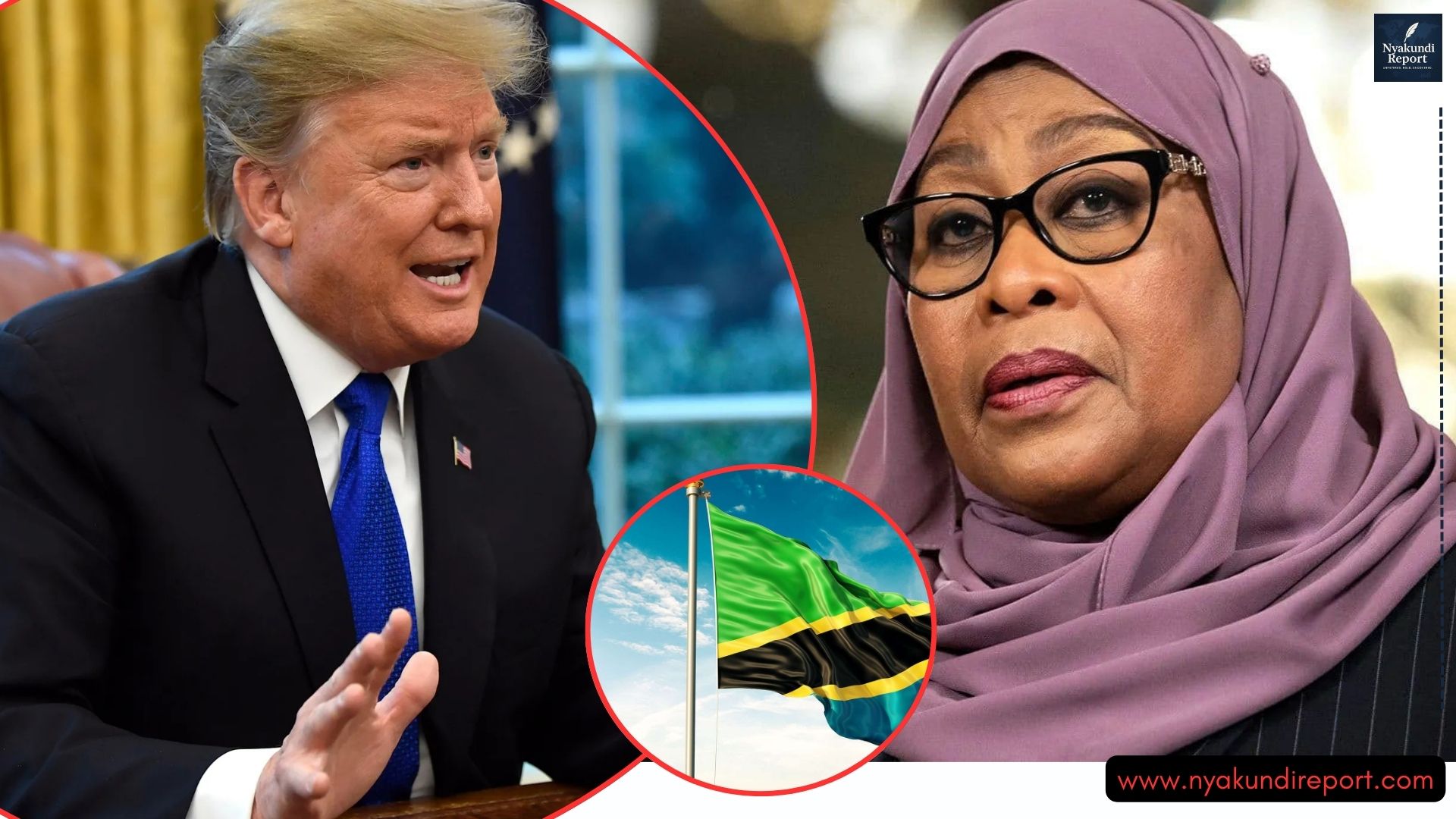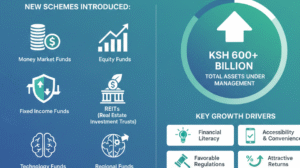Kenya’s microfinance sector has grown into a crucial pillar of the nation’s financial system, empowering small businesses and low-income earners. With 14 licensed microfinance banks regulated by the Central Bank of Kenya (CBK), the industry has become a major player in bridging the financial gap for millions.
These institutions are ranked based on market share, assets, and loan accounts, giving a clear picture of which banks lead in driving Kenya’s economic inclusion.

Kenya’s Top Microfinance Banks Shaping Financial Inclusion
The Central Bank of Kenya classifies microfinance banks into large, medium, and small categories. This classification depends on each bank’s market share determined by assets, deposits, capital, and active accounts.
A microfinance bank is large if it has a market share of 5 percent or more, medium if between 1 and 5 percent, and small if below 1 percent.
As of 2025, Kenya has seven large, five medium, and two small microfinance banks. The large institutions dominate the industry with a combined market share of 86.2 percent, while medium banks hold 14.7 percent. The small banks, however, record a combined market share of negative 0.9 percent, indicating challenges in growth and capital retention.
The Leading Large Microfinance Banks
The seven largest microfinance banks in Kenya control the majority of the market. They serve millions of clients across rural and urban areas, offering loans, savings, and investment solutions.
| Bank | Market Size Index (%) | Total Assets (Ksh Million) |
|---|---|---|
| Faulu MFB | 35.7 | 20,121 |
| Kenya Women MFB | 12.1 | 14,904 |
| Caritas MFB | 10.1 | 4,907 |
| SMEP MFB | 8.1 | 3,523 |
| Rafiki MFB | 7.8 | 4,341 |
| Salaam MFB | 7.1 | 1,843 |
| Sumac MFB | 5.3 | 2,890 |
Faulu Microfinance Bank leads the pack with a massive 35.7 percent market share and total assets of over KSh 20 billion. It has remained Kenya’s top player, driven by strong retail banking and group lending programs.
Kenya Women Microfinance Bank (KWFT) follows with a 12.1 percent market share, standing out for empowering women entrepreneurs and supporting financial inclusion at the grassroots level.
Other major players like Caritas, SMEP, and Rafiki MFB have consistently maintained growth by expanding digital services and focusing on small business lending.
Medium-Sized Microfinance Banks Making Steady Progress
Medium microfinance banks contribute significantly to Kenya’s financial access landscape. They cater to small enterprises and individuals who may not qualify for loans in traditional banks.
| Bank | Market Size Index (%) | Total Assets (Ksh Million) |
|---|---|---|
| U & 1 MFB | 4.2 | 1,670 |
| Branch MFB | 3.4 | 837 |
| LOLC MFB | 2.7 | 1,128 |
| Muungano MFB | 2.6 | 611 |
| Choice MFB | 1.7 | 623 |
U & 1 MFB leads the medium category with a 4.2 percent market share, followed closely by Branch Microfinance Bank, a digital-first institution revolutionizing access through technology.
LOLC and Muungano have also expanded their footprints, especially in rural and peri-urban areas, by focusing on asset financing and affordable microloans.
Small Microfinance Banks Struggling for Market Presence
Despite Kenya’s vibrant microfinance landscape, a few institutions continue to face financial constraints and low market participation. These small microfinance banks hold a negative market share, signaling limited activity or capital challenges.
| Bank | Market Size Index (%) | Total Assets (Ksh Million) |
|---|---|---|
| Umba MFB | (0.3) | 206 |
| On It MFB | (0.6) | 290 |
Umba Microfinance Bank and On It MFB are the smallest players in the sector, collectively holding assets below KSh 500 million. Their limited outreach underscores the stiff competition from larger, more capitalized players. However, these smaller institutions still play an important role in serving niche markets and digital-first clients.
Why Microfinance Banks Remain Vital in Kenya’s Economy
Microfinance banks continue to transform Kenya’s financial landscape. By providing access to affordable credit, savings, and insurance, they empower entrepreneurs, farmers, and informal sector workers.
These institutions also contribute to the national agenda of financial inclusion and economic equality. With innovations like mobile banking and agency services, microfinance banks have penetrated even the most remote areas, ensuring more Kenyans participate in the formal financial system.
However, challenges such as high operational costs, limited capital, and growing competition from digital lenders remain. To stay sustainable, microfinance banks must embrace digital transformation, strengthen governance, and maintain client trust.






































